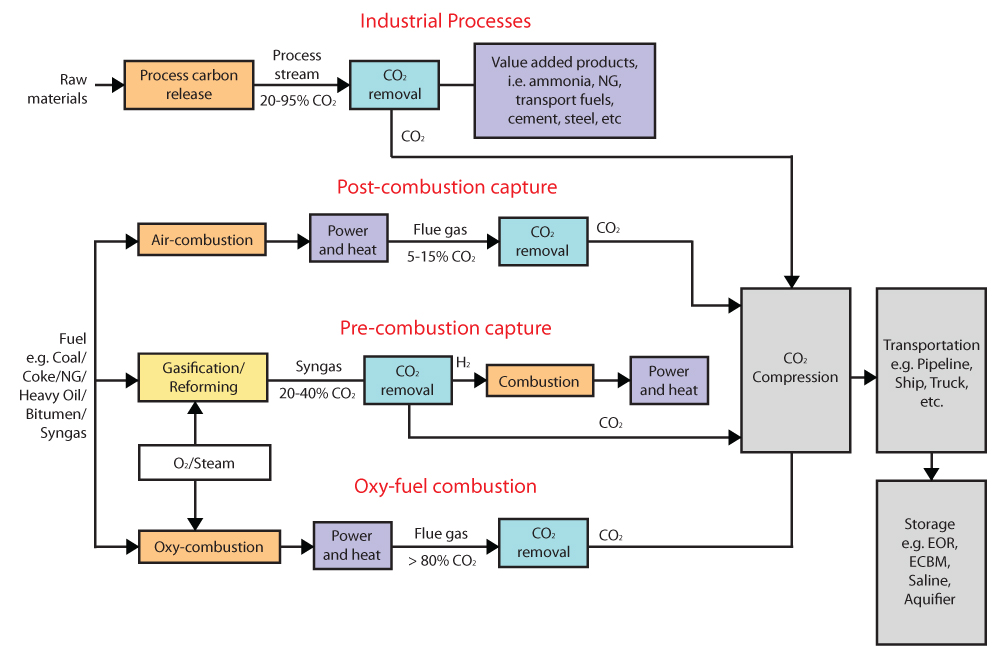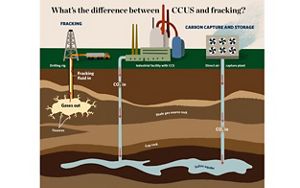

Traditionally, CO2 flow and reservoir simulations are carried out by solving a set of coupled partial differential equations, which are associated with high computational cost and mathematical complexity. CCS projects require a large number of fluid flow simulations to model different storage scenarios or possible flow pathways of the CO2. Q-FNOs for 3D flow - Reservoir modeling is an essential component of carbon capture and storage to simulate CO2 movement in the subsurface and to mitigate risk and uncertainty. It also enhances faults that are hard to detect by human eyes, and therefore reduces the potential risk for CO2 containment analysis. We have developed a computer-vision based approach for automatically mapping geological faults from seismic data to detect potential leakage pathways of CO2, reducing the processing time to hours or days.
CARBON CAPTURE AND STORAGE MANUAL
Traditional fault mapping relies on manual picking and is time-consuming (weeks or months for a 3D seismic image). KarbonVision - Understanding subsurface geology and fault seal is critical for assessing the containment risks and storage capacity of subsurface CO2 storage sites, as across-fault and along-fault CO2 migration/leakage poses a significant threat to CO2 containment.
CARBON CAPTURE AND STORAGE SOFTWARE
Our areas of research include AI-driven simulations to speed up numerical computations, open-source software to facilitate running HPC workloads in the cloud, as well as the automation of CO2 monitoring and storage site exploration. Our vision at Research for Industry (RFI), is to bring together the world’s leading experts from our industry partners, academic collaborators, and internal research labs to accelerate the adoption of CCS through digitalization, cloud and AI technologies. However, to reach 1.5 degrees, the storage capacity of CCS projects needs to increase by a hundredfold. Current ongoing and planned projects (including Northern Lights) are projected to sequester a combined amount of approximately 40 mega tonnes of CO2 per year.

One of the main challenges of CCS is being able to scale this technology to a level that is required to reach current climate goals. As a technology partner, Microsoft has joined the Northern Lights partnership, one of the flagship CCS projects and a collaboration between the Norwegian government and energy companies Equinor, Shell and Total. In accordance with Microsoft’s pledge of reaching carbon negativity by 2030 and along with several promising avenues such as Energy 2.0 and agricultural carbon sequestration, we are actively contributing research towards enabling CCS as a viable and cost-efficient technique for decarbonization. Several pilot projects such as Sleipner have demonstrated the feasibility of CCS and have shaped our understanding of the risks and mitigation techniques. The core idea of CCS is to capture CO2 at industrial plants or directly from the air (direct air capture, or short DAC), compress and then store it permanently several kilometers beneath the surface in CO2 storage sites. While decarbonization and adoption of fossil fuel alternatives are accelerating across many industries, researchers project that to reach carbon neutrality in the next 30 years, steps need to be taken to actively remove carbon from the atmosphere.Ĭarbon capture and storage (CCS) is among the most promising technologies that paves the way towards CO2 neutrality and has seen a huge growth over recent years, with many CCS facilities being in active development worldwide.

The general scientific consensus is that to reach 1.5 degrees, carbon neutrality must already be reached by 2050 – a giant technological challenge. To reach the goal of limiting the global rise in temperatures to 1.5 degrees Celsius we need to take major steps towards mitigating anthropogenic CO2 emissions. Global warming is one of the most important problems humanity needs to solve for.


 0 kommentar(er)
0 kommentar(er)
